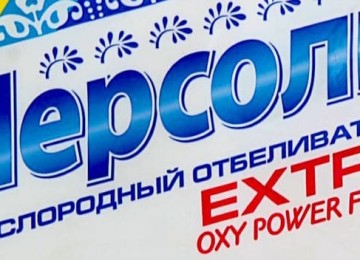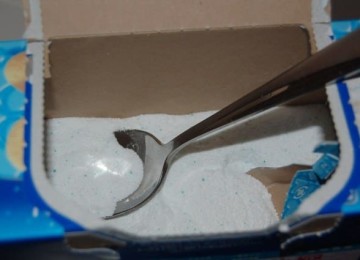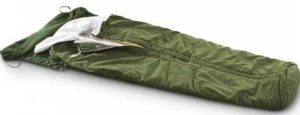 If you like hiking and other travel, you probably have a good sleeping bag. In order for it to serve for many years and not lose its heat-insulating functions, it is important to take good care of it. A significant component of care is washing. But how to properly wash a sleeping bag in a washing machine without damaging it?
If you like hiking and other travel, you probably have a good sleeping bag. In order for it to serve for many years and not lose its heat-insulating functions, it is important to take good care of it. A significant component of care is washing. But how to properly wash a sleeping bag in a washing machine without damaging it?
What types of sleeping bags are there
A sleeping bag is a household item that no hike can do without. The item is needed for rest and sleep, because its design provides warmth at any time of the year and excellent cushioning. Types of sleeping bags differ in their structure and fillers.
So, according to the form of production, bags are of four types:
- Blanket - a design in the form of a wide rectangle, fastened with a zipper. Due to its size, it is particularly comfortable. When unzipped, the bag plays the role of a blanket or a blanket. Usually used in easy weather conditions.
- Cocoon - a sleeping bag that follows the anatomical shape of a person. This type has an insulated hood and a narrowed end for the legs. Due to the maximum fit to the human skin, the design provides maximum warmth and comfort. It is used in difficult hiking conditions, at low air temperatures.
- Quilt - a cut with a cutout on the back. Always used in a set with a camping mat.Suitable for simple weather conditions, provides a firm surface for sleeping.
- Leg – the last type of sleeping bag is a shortened model that covers only the lower part of the body. Must be used together with a warm jacket.
The main thing a sleeping bag should do is keep you warm and protected while hiking. Therefore, not only the shape, but also the filler plays an important role in this. It happens:
- Natural. The first type includes natural down of geese or ducks and cotton products. A down sleeping bag is not heavy at all and has excellent heating properties. However, it is not suitable for wet conditions and is difficult to wash. A cotton sleeping bag keeps you warm in any weather and washes well. However, it is not suitable for a long journey, as it has considerable weight.
- Artificial. Synthetic fillers are much more often used than natural ones. They practically do not impregnate moisture from the outside and are applicable in any situation. However, such sleeping bags are heavier than down ones and less durable.
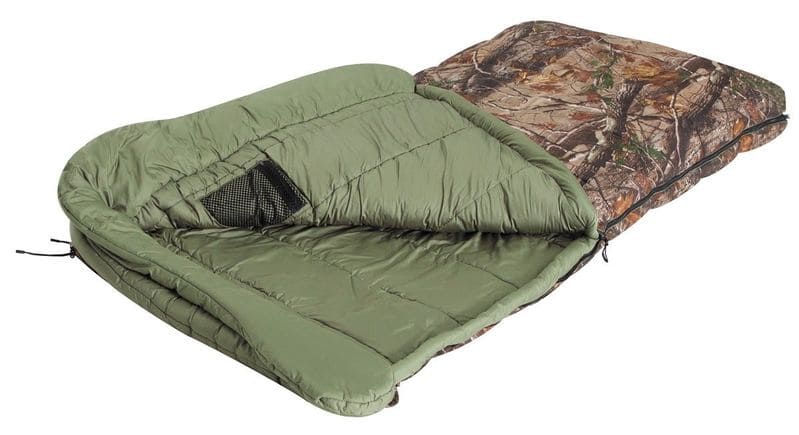
Preparing for washing
Many people ask the question: is it possible to wash a sleeping bag? Actually it is possible. However, the bags do not tolerate any washing well, so It is recommended to wash them rarely. Particularly difficult to care for are synthetic and down materials. Therefore, completely cleaning the sleeping bag 1-2 times a year will be enough.
The first thing the owner must do is make sure the canvas is dirty. After all, sometimes it is enough for the bag to air out, and it is ready for use again. And small stains can be easily removed locally. To do this, use a sponge or brush. Soak them in a soapy solution (it is better to use baby soap) and wipe the desired area.Also, to get rid of the unpleasant smell, it is not necessary to resort to washing. A weak solution of potassium permanganate will help here.
If washing is nevertheless unavoidable, it is important to prepare the sleeping bag.
First, all forgotten items are taken out by hand, then the material is turned inside out and the sand is shaken out. In the turned state, you need to zip up the zippers and loosen all the tightening. This must be done for better washing. After all, sleeping bags are designed for natural conditions, and manufacturers have learned to make their outer shell virtually waterproof. Therefore, washing will be much more effective when this waterproof part is inside.
Also, many travelers recommend preparing a liner. Usually this is a lining made of cotton fabric, fleece or silk. The fabric is inserted into the sleeping bag and serves as a sheet.

First, you need to figure out which machine is suitable for sleeping bags.
Experts recommend washing bags in machines with a permissible weight of 5-7 kg. It is also important that the loading method is frontal. Otherwise, the equipment can damage the thin fabric of the material. It is worth noting that if your camping bag is already quite old and does not hold up well, it is better to resort to hand washing. This is a more gentle method, in which no seams will definitely come apart.
The next thing you need to pay attention to is detergents. In any washing mode for delicate camping equipment, you do not need to use bleaches. You also do not need to use conditioners or even ordinary powders.Also, to get rid of an unpleasant odor, it is not necessary to resort to washing. A weak solution of potassium permanganate will help here. If washing is unavoidable, it is important to prepare a sleeping bag.First, all the items forgotten in it are removed by hand, then the material is turned inside out and the sand is shaken out. When turned inside out, you need to fasten the zippers and loosen all the tightening. This should be done for better rinsing. After all, sleeping bags are designed for natural conditions, and manufacturers have learned to make their outer shell practically waterproof. Therefore, washing will be much more effective when this waterproof part is inside.
Many travelers also recommend preparing a placeable liner. They are usually lined with cotton, fleece or silk. The fabric is inserted into the sleeping bag and serves as a sheet.
Washing a sleeping bag in a machine
- First you need to figure out
- which machine is suitable for sleeping bags.
- Experts recommend washing bags in machines with a permissible weight of 5-7 kg. It is also important that the loading method is frontal. Otherwise, the technique can damage the thin fabric of the material.
- It is worth noting that if your hiking bag is many years old and is not holding up well, it is better to resort to
- hand wash
- . This is a more gentle method, in which no seams will definitely come apart.
- The next thing you need to pay attention to is detergents. No bleach should be used in any washing cycle for delicate outdoor gear. There is also no need to use conditioners or even ordinary powders.You should use baby soap or a specialized detergent. The choice of detergent depends on the fabric material.
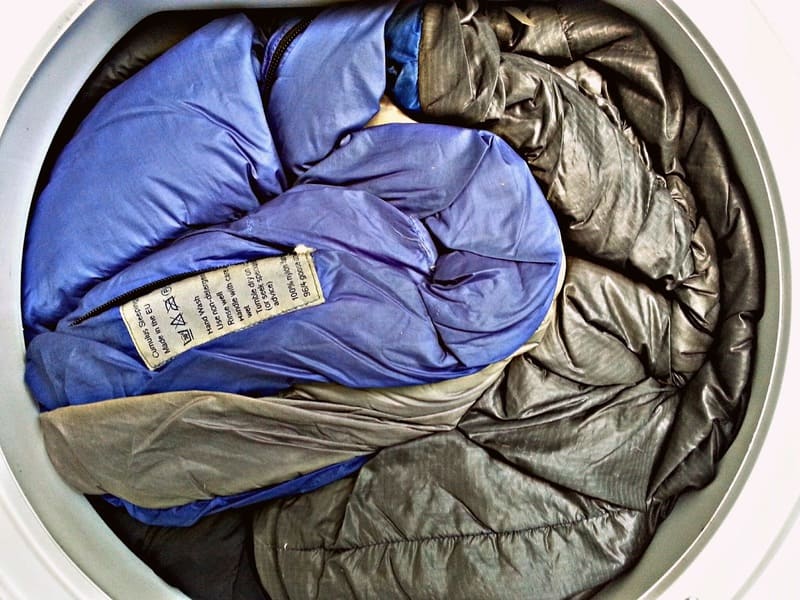
If a polyester sleeping bag can still withstand soft agents, then a down bag will not tolerate this. Natural material is compatible only with special detergents that do not remove natural fats from the fluff.
How to wash directly?
Load the bag into the washing machine. Make sure that it is closed, that there are no unnecessary objects left in it and that there is no damage.
- Fill the special section of the machine with detergent.
- Be sure to follow the delicate cycle at a washing temperature of 30 degrees. Also, do not set the spin cycle and wash at speeds above average.
- If your machine does not have an extra rinse option, rinse the sleeping bag after the cycle is complete. If the mode is available, it is more convenient to configure the function initially.
- After all these procedures, do not rush to get clean equipment. Leave it inside the drum for 20-30 minutes with the hatch ajar. This way, excess water will drain out, and the weight of the bag will not be too heavy.
- Carefully remove the sleeping bag from the machine. It is important to hold it by the bottom so as not to damage the material.
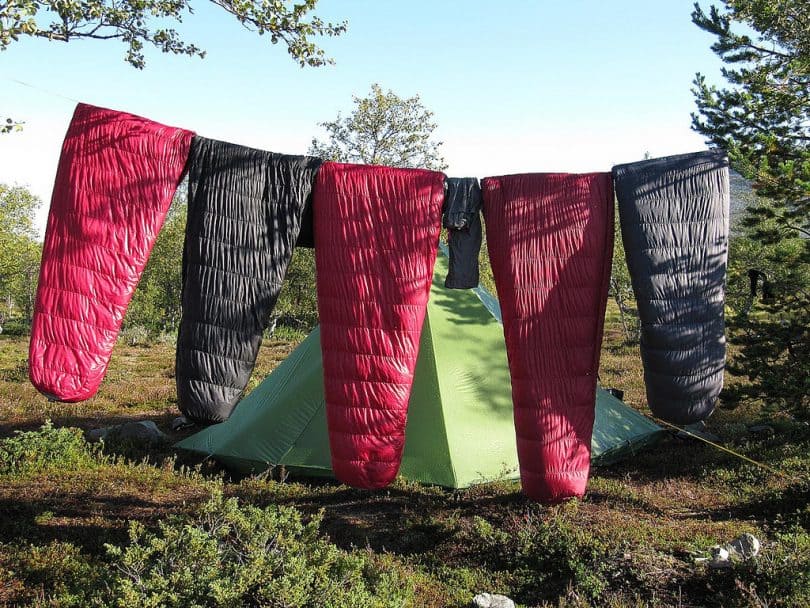
Proceed to the drying stage.
Drying a sleeping bag
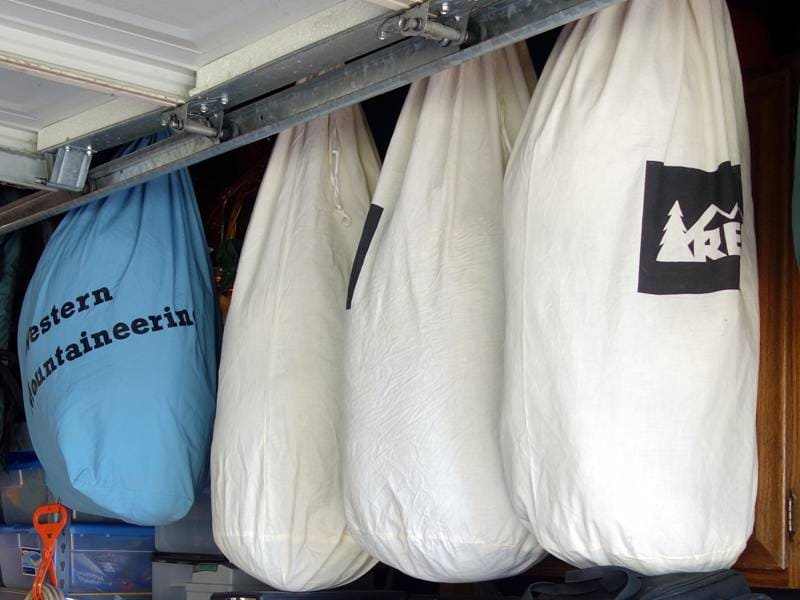
What is important to pay attention to? Horizontal surface. The sleeping bag must be unzipped and laid out lengthwise on any horizontal plane. It is most convenient to use an ironing board or a wide window sill. If water is still dripping from the bag, place paper or newspapers underneath it.Well ventilated area. This way the canvas will dry faster.








